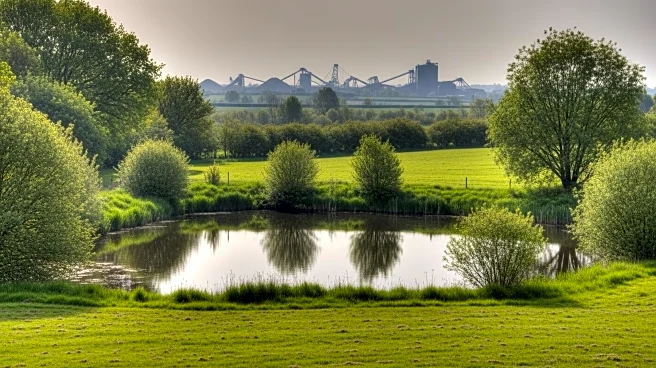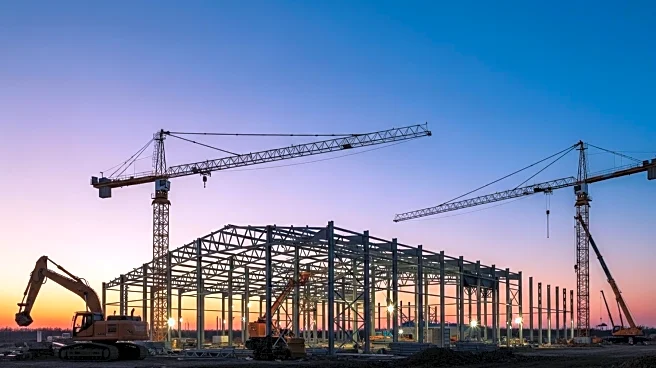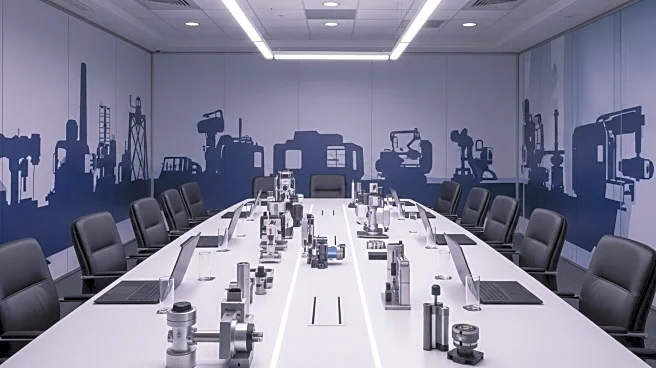What's Happening?
The Environment Agency has launched early market engagement for its Collaborative Delivery Framework 2 (CDF2), valued at up to £6bn. The framework, set to run from January 2027 to January 2035, will encompass appraisal, design, technical support, and construction for the agency's asset management program. It aims to integrate nature-based and traditional engineering solutions across various sectors, including flood defense and biodiversity assets. The agency has released draft documents for consultation and is seeking feedback from potential suppliers by 14 November. In-person and virtual feedback sessions are scheduled for October and November, respectively. The framework will replace the existing Collaborative Delivery Framework and support projects ranging from £1m to £150m.
Why It's Important?
The launch of CDF2 represents a significant investment in infrastructure and environmental management, with potential impacts on flood defense, navigation, and biodiversity. It offers opportunities for suppliers to engage in large-scale projects, fostering innovation and collaboration in the construction and engineering sectors. The framework's focus on both nature-based and traditional solutions highlights the agency's commitment to sustainable development. This initiative could drive advancements in environmental engineering and asset management, benefiting communities and ecosystems across the UK.
What's Next?
Interested suppliers are encouraged to provide feedback on the draft documents and participate in upcoming sessions. The Environment Agency will review input to refine the framework and address potential barriers to participation. The procurement process will continue under the Procurement Act 2023, with further details on the procurement lead and design team expected. As the framework progresses, stakeholders will monitor its implementation and impact on environmental and infrastructure projects.
Beyond the Headlines
The CDF2 framework underscores the growing emphasis on integrating sustainability into infrastructure development. It reflects broader trends in public procurement, where environmental considerations are increasingly prioritized. The initiative may influence future policies and practices in asset management, encouraging a shift towards more sustainable and resilient infrastructure solutions.










